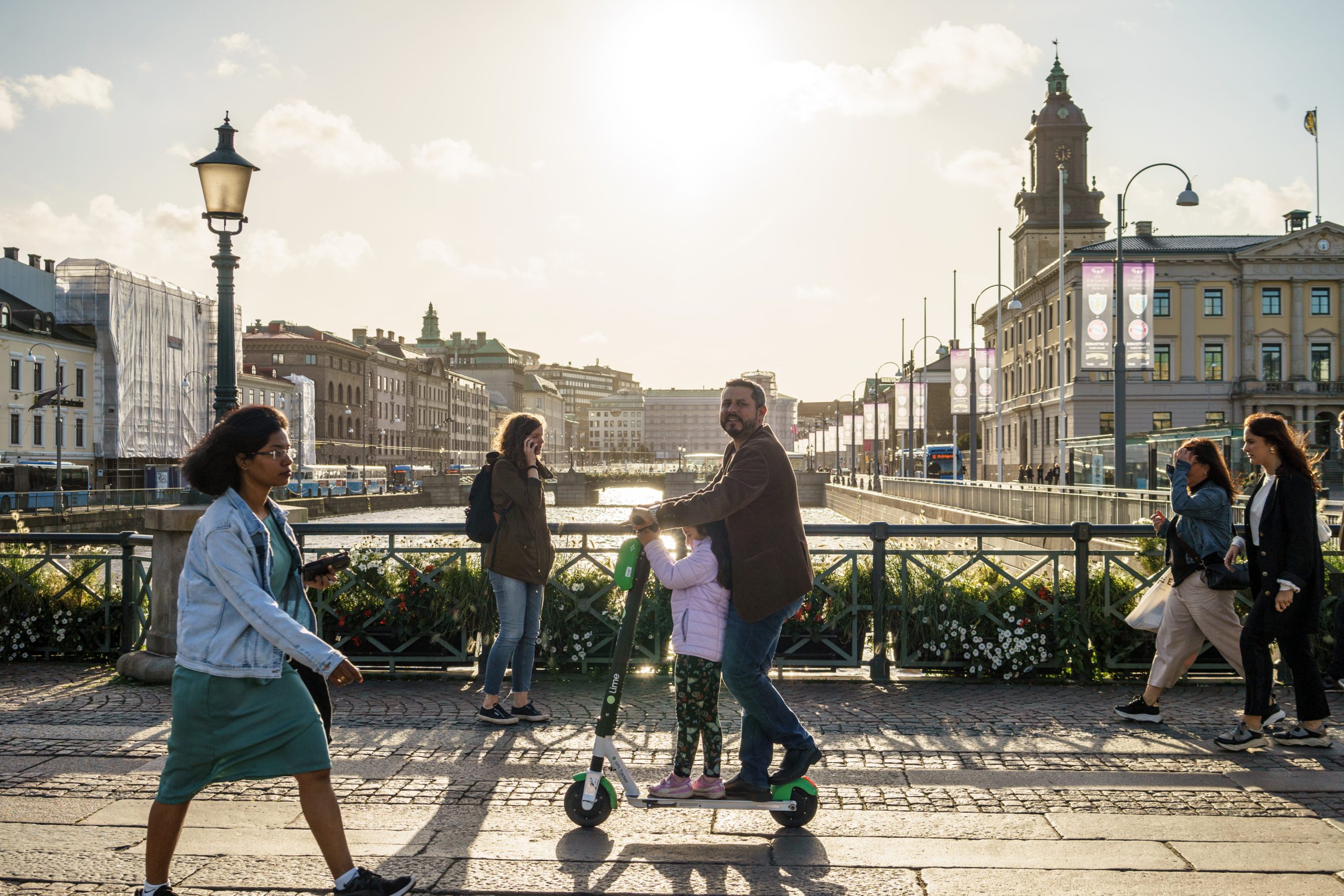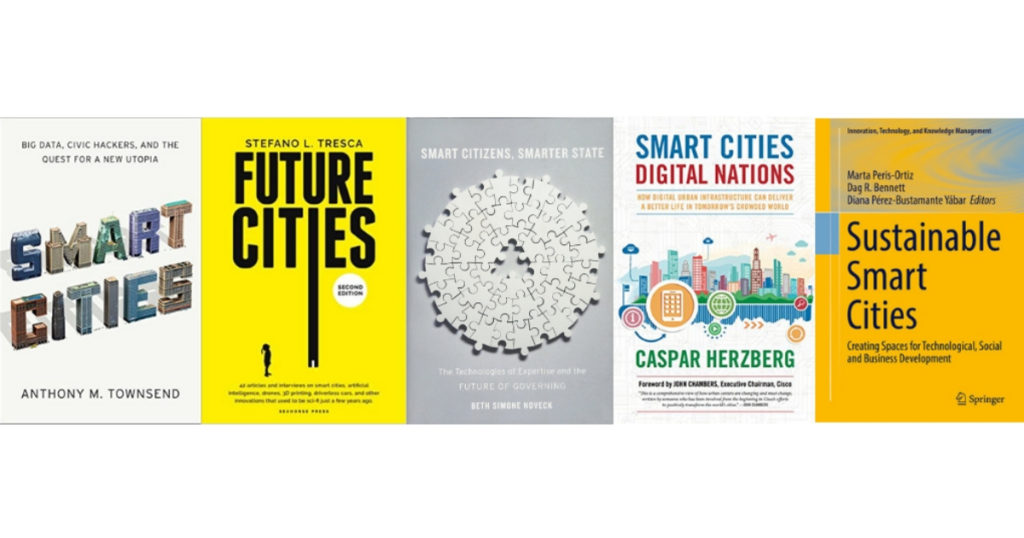

Smart cities offer more than digital solutions
Smart cities comprise a lot more than just digital solutions in citizens’ and businesses’ daily lives. They are liveable and sustainable cities with happy citizens. Data helps the city decision-makers to to build smart cities, and in this blog, we explain how.






